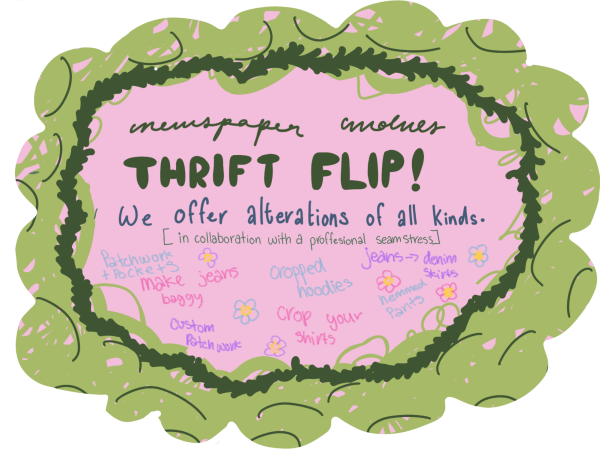Breaking down terms: What is SA, SH and SAAM?
April 29, 2022
April is Sexual Assault Awareness Month or SAAM. The goal is to bring awareness to what sexual assualt and sexual harrassment are, to identify how to best support survivors and to build a safer community.
Let’s lay some groundwork. Sexual assault is nonconsensual sexual activity, including attempted rape, rape, fondling or unwanted sexual touching, threatening sexual coercion and non-threatening sexual coercion.
The causes of sexual assault include the following: perpetrators.
While it is the responsibility of the community to aid in supporting survivors and preventing assault, it is never a survivor’s fault.
Sexual harrassment includes unwanted sexual advances, verbal harrassment of a sexual nature, unwanted physical contact and requested sexual favors. It can be a traumatizing experience, but like sexual assault, different people are affected in different ways. Often, people mistakenly say that if you are being sexually harrassed that you should clearly tell the perpetrator to stop and then report what happened to an authority. But in the moment, a person might not say or do anything. That does not mean the harassment is excused.
Survivors handle their abuse differently, and the best thing to do is to listen. While it’s important not to catastrophize, their emotions should be validated. Feelings of anger and sadness should not be repressed or ignored. Encourage a safe space to discuss their experience without pressuring them to share what happened. It is up to the survivor to decide what they do next, and if anything, the pressure to share or the pressure to act will just be isolating. People process sexual assault differently, and while providing resources is good, at the end of the day it’s the choice of the survivor what steps they’ll take next.
If someone opens up to you about their experience, don’t question whether or not they’re telling the truth, and don’t try to explain away the perpetrator’s actions. Finally, be respectful and cognizant of what a survivor does or does not want to talk about.
Here are some important reminders about subjects related to sexual assault.
- Just because someone consents to one activity, it does not mean they automatically consent to another.
- While a person can change their mind after saying no, sexual coercion – when someone is pressured, tricked or threatened into a sexual activity – is still sexual assault. Consent is freely given, clear, understood and can be revoked.
- Sexual assault can happen in relationships.
A good resource for sexual assault information and hotlines is the Rape, Abuse, and Incest National Network, or RAINN. Many websites, like the U.S. Office on Women’s Health, offer definitions of different types of sexual assault to help identify abuse. Another website, choosingtherapy.com, discusses what to do if sexual assault occurs and how to get help.
An important preventative measure for sexual assault and harrassment is the empowerment of women, who are disproportionately affected. Not only should survivors be encouraged to speak up about their experiences and their boundaries, but the entire community should support condemnation of these offenses.
If you’re curious about how to help your community, take care of your friends. That doesn’t just mean guarding drinks and keeping an eye out for unsafe people. Look up “examples of perpetrating rape culture,” and educate yourself on how to combat it, too.




